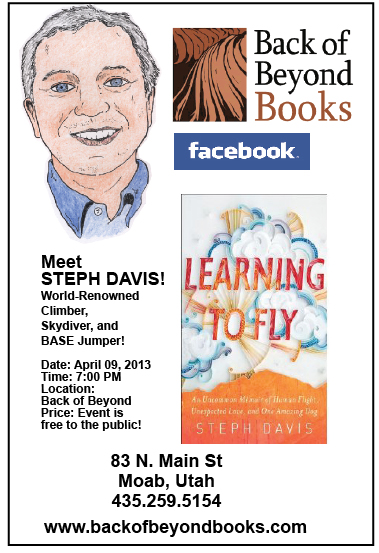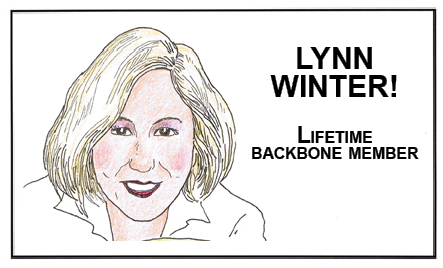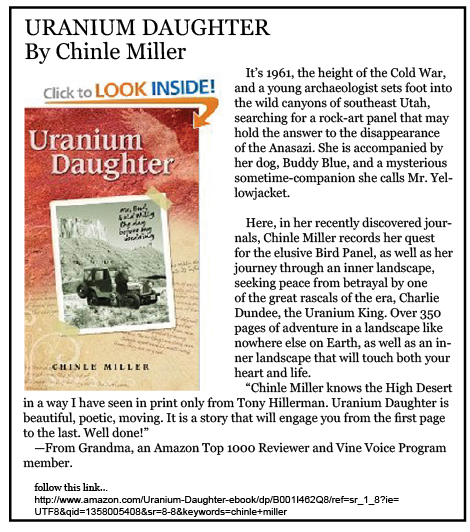This article was originally published in 2004…
When Aldo Leopold saw fierce green fire in the eyes of the dying wolf his life was changing; years of living in wolf country were driving those moments, years of paying attention, taking the measure of mountains.
“I realized then, and have known ever since, that there was something new to me in those eyes — something known only to her (the wolf) and to the mountain.” (1) Leopold goes on to “suspect” that a mountain fears its deer, just as deer fear wolves. This metaphor, wonderfully outrageous, using fear as the organiser, is then spelled out:
“The cowman who cleans his range of wolves does not realize that he is taking over the wolf’s job of trimming the herd to fit the range. He has not learned to think like a mountain.” Thoughts like these culminate in his famous rule:
“A thing is right when it tends to preserve the integrity, stability, and beauty of the biotic community. It is wrong when it tends otherwise.”
That proposition looks immediately outward, to “a thing,” a human act in the system. Its consequences are subject to judgement as to integrity, stability, beauty. We can argue, and we ought to argue, about those three nouns. They emerge from the full context of Leopold’s book, which is itself an emergent.
It’s probably not possible to rigorously prove his statements, but we can think about them. In Leopold’s proposition, it’s obvious that respect is assumed; respect inheres in all his writings. Ecosystems have a life … or process, if you prefer … of their own: integrity. To what extent do we decide to interfere with the stability of that? That is one of the questions, and another is: What do we mean by stability ?
But beauty? Why does he make things even more difficult by insisting on beauty as a category of judgement? I think he has to; otherwise the rule is just another rule. He believed that ecosystems not only have a life of their own, but that our lives are there; our acts and thoughts are part of the determinations. The life world in all its multifarious spread and mystery is where we live, in certain very particular niches. Nowhere else. We not only respect and value, we appreciate, we take part. Beauty happens there.
Rachel Carson, another naturalist with a sharp eye for beauty: wherever she can find it: “… the slender shapes of sharks moving in to the kill. There was something very beautiful about those sharks to me … and when some of the men got out rifles and killed them for ‘sport’ it really hurt me.” (2) I speculate that for Carson the killer sharks’ beauty was an aspect of their integrity, whereas the riflemen in those sporting moments were distanced somewhat from the scene, even as they enacted its deep structure of life: struggle to live, destined to die. And it seems to me that we ‘varmentalists also tend to act out the script we call ecology in a superficial way. Too often, ecology for us is a guide to high flown rhetoric as well as a simple parable of harmony where Nature knows best.
The science known as ecology is not that easy, and it regularly delivers surprises. It theorizes now in schemes of ever greater complexity, trailing uncertainty in their wake. Energy, biomass, nutrients and reproductive strategies are treated as dynamic players that are roughly quantified and cleverly put together in language a computer can understand.
Something we didn’t notice, or noticing didn’t really think much about, was that system programs worked by computers are not identical to the situations being studied. They are imagined cross sections of a stream, not the stream itself. That stream is a history; any assemblage of organisms has a past, exists as a flow. Variability, therefore, is built into that flow’s moments in time. Indeterminacy looms large and so does individuality. Each organism lives, dies and is unique; nothing before or after quite duplicates the living moment. Another way of putting this is to say that actually existing plant and animal ecosystems refuse to reveal goal-seeking programs that are aimed at an eventual steady state of eternal balance. Instead, they adapt to change by way of change. Life goes on, but the actors, organic or inorganic, adapt, die, shift strategies or move on as new entities move in, and so on and on.
Each place on earth, urban or wild or hard-to-name, duplicates no other. Chicago has a certain character different from New York City, different from Lovelock, Nevada. Kilimanjaro is different from Denali, is different from the badlands of South Dakota. And they all keep changing, sometimes very slowly, sometimes in jumps. They’re mysterious, the more we learn/experience Chicago or Denali, the more we know we’ll never comprehend their totality. There is no totality.
We can be thankful for the fairly reliable stabilities here on earth, but there is no authority. Each one of us owns a struggle, but together we are all wrapped in evolution, a strange program.
Okay, all of the above is mainly a bunch of abstractions. Even Leopold’s mountain that thinks is not exactly anywhere. We know what he’s talking about, but let’s get down to real earth: Lovelock, Kilimanjaro, Denali, New York, Chicago. Those are nouns, each one signifying a place.
Maybe you’ve grown up in one of those places, maybe you have spent a life there. Take that one more step: a mountain in whose presence generations of humans have lived and died. That mountain, in some mysterious way, has entered the lives of those who are there. For them there is no other place that has that brand of power. It can happen to people living near a river, a towering rock, a grove of trees. In English, we use the religious word sacred to symbolize those happenings, but outside of Christian belief, that word turns impossibly abstract. Other words fail too. We might try getting closer to the power of mountains, rivers and trees by wordlessly diving deeply into our own lives. Lovelock, Kilimanjaro, Denali, New York, Chicago. Pick your place of inner, lived presence.
There is a mountain in Arizona known in English as Mount Graham. Rising thousands of feet above the surrounding desert it is a sky island, last stronghold of an endangered species of red squirrel (once thought extinct), and for the San Carlos Apache that mountain is a place of sanctity. Plowing doggedly through a string of protests from Apaches and environmentalists and rather timid authorities from various walks of life, the University of Arizona found enough access to political power places to build a telescope complex on the top of Mount Graham. This year a fire further reduced the squirrel’s habitat. Now, thinking back, the worst aspect of that struggle strikes me as the dismissive and mindless way most participants by-passed the Apaches’ voices.
Ola Cassadore Davis, at that time head of the Apache Survival Coalition: “The university, I’d say, is like a tin man. No heart.” There is something to try to understand here: about tin body, no heart. When we western sophisticates come across the religious adjective sacred applied to a mountain, we pass on without pause, tossing any attached argument into the storage bin labeled “Myth,” or “Indigenous Belief.” What we’ve come to take much more seriously are neat abstractions. Think globally, act locally. Small is Beautiful. Globalisation is Bad. Sustainability is Good. The War on Terror. The Spirit of Wilderness. Every one of those phrases encloses contradiction, or outright falsehood. They are useful as starting places for discussion, for argument. But we don’t use them that way; they serve instead as satisfaction screens, abstract finalities rather than beginnings, generators of a fine generality fog between us and what’s really out there.
Are we something more than rationalists, more than tin? Do we have warm and lively mammalian hearts? Restless, we keep seeking, saying to each other that we are participants in nature, integral parts of the whole. Some go so far as to set us up as point scouts in the vanguard of evolution, chosen animals on a grand journey of universal history, nature unfolding, nature coming to know itself through our own enlightenment. A purpose in the universe, after all!
I haven’t been able to get friendly with that notion; there’s no blood in it, only cold abstraction. It strikes me as failure to pick up our full, updated membership card. Bewitched by centuries of upward strivings toward final truth, it’s hard for us to “relate,” as the saying is, to crayfish and longhorn beetles and critters who live under bark of trees, in slime of ponds, in microscopic crevices of our skin. Maybe we don’t really mean it, this relating idea.
Turn around, look. There we stand, tall and troubled, taking ourselves very, very seriously, star players at the arrow tip of the whole shebang. A lonely place. Is there an evolutionary duty to be there? Do we really want to be there?
(1} Aldo Leopold, Sand County Almanac. Oxford U.Press, 1949. (2) /Lost Woods. The Discovered Writings of Rachel Carson/, ed Linda Lear, Beacon Press, 1998.
MARTIN MURIE died on January 28, 2012 but his words will always live on, here in The Zephyr.
To read the PDF version of this article, click here.








